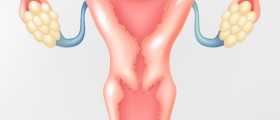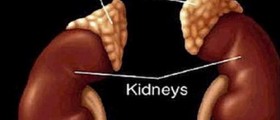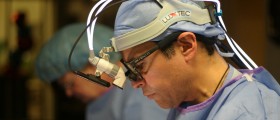
Ovarian cysts are a common medical condition that affects women in their reproductive years. Ovarian cysts are differently classified. The symptoms are generally similar, but treatment differs depending of the very type of the cyst. In spite the fact that majority of ovarian cysts spontaneously withdraw, some may continue growing, compress the surrounding organs and tissues, leading to a variety of medical problems and finally, some ovarian cysts can cause serious complications such as rupture and bleeding.
Because of all the previously mentioned each and every ovarian cyst requires proper evaluation and treatment. The bottom line is that not all women will have to undergo aggressive and invasive treatments such as surgery. The surgery is kept as a last resort and performed only in women who do not response to conservative treatments.
When is the Surgery Needed?
Surgical removal is the most suitable treatment approach in case of cystadenoma cyst, dermoid cyst, endometrioma cyst (chocolate cyst), polycystic ovarian cyst and cancerous ovarian cysts. So, any ovarian cyst that may burst, can easily get inflamed, turns septic and enlarges greatly requires surgical removal. In such cases the surgery is due to be performed as soon as possible. Even once the cyst has been removed, there is a chance of its recurrence. This particularly refers to cancerous cysts.
On the other hand, functional ovarian cysts are never treated surgically because they withdraw on their own.
Types of Ovarian Cyst Surgery
There are different surgical approaches used in surgical removal of ovarian cysts.
The simplest one is cystectomy. Cystectomy is a medical term for surgical removal of the cyst. This means that during the procedure the surgeon removes only the cyst while the rest of the ovary remains intact. This way women remain fertile and can conceive if their wish.
The second surgical approach is the combination of cystectomy and oophorectomy (surgical removal of the ovary). It is performed if the cyst is more serious in nature (for example if the cyst is malignant) or in case it reoccurs. Removal of one ovary is not so stressful because it still leaves a woman with a chance to conceive while bilateral oophorectomy definitively leads to infertility.
Laparoscopic surgery is less painful and stressful because it includes small incisions and leaves no ugly scars. The recovery does not last long. This surgery is generally performed in case of benign cysts and those which are not so large. Open surgery, on the other hand, is more complex, includes opening of the abdomen and longer recovery. This surgery is required if ovarian cysts are bigger and if there is a chance that the cyst is malignant.

















Your thoughts on this
Loading...